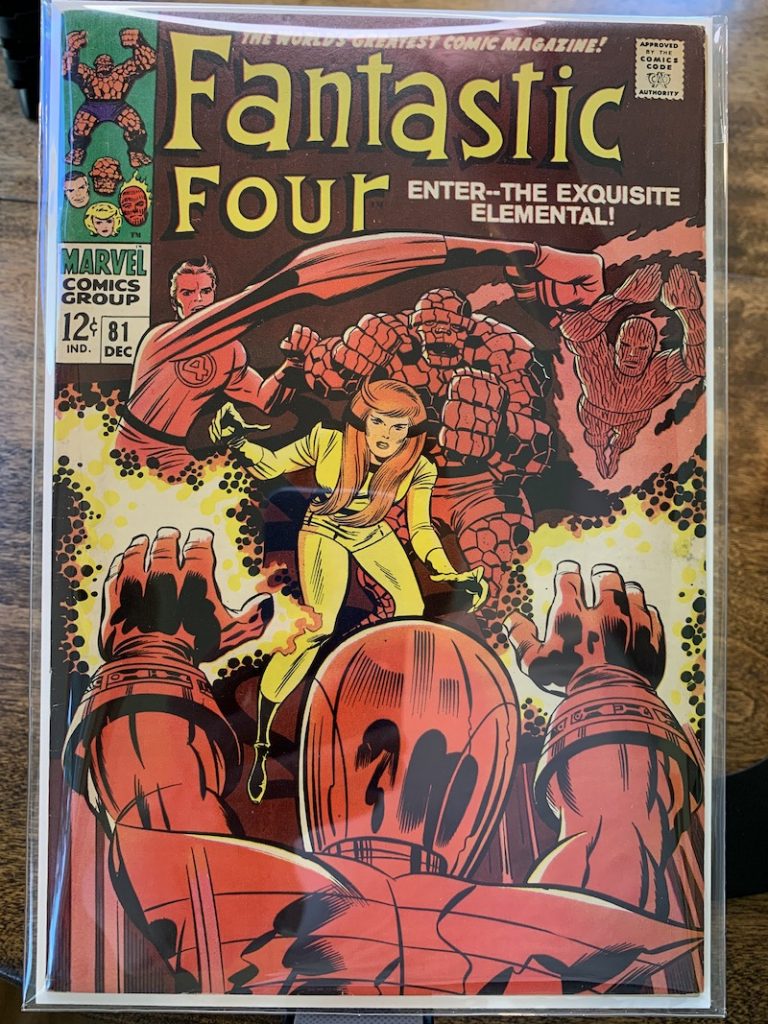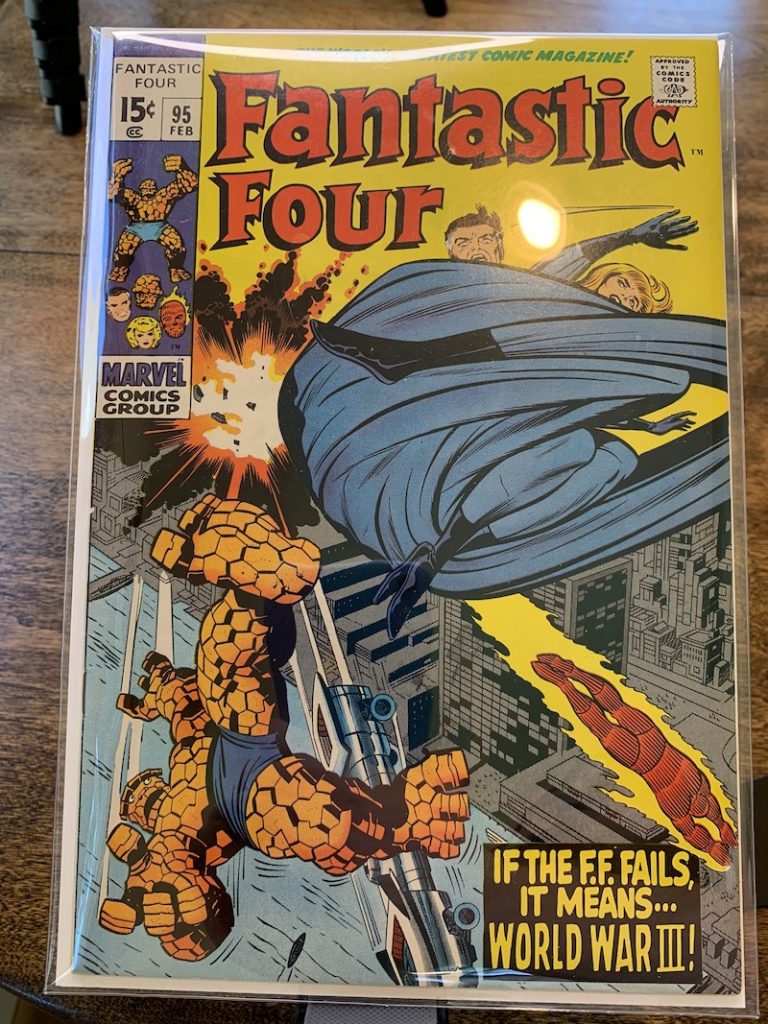The X-Men are known for their inclusion of telepaths, but Marvel’s teams are also known for their inclusion of at least “brick” per team. Since the 60s, comic readers have been able to count on at least one brick per team.
So, what’s a brick? Well, a brick is a bruiser, a brawler, a beefcake. A brick is the muscle of the team. Need some examples? Well, below are Marvel’s teams and their bricks.
- Defenders – Hulk
- Champions – Hercules
- X-Men – Colossus
- Brotherhood – Juggernaut; Blob
- Wrecking Crew – Uh, all of them…
- Heroes for Hire – Luke Cage
- Guardians of the Galaxy – Charlie 27, then Drax
- X-Factor – Strong Guy
- Starjammers – Ch’od
- Fantastic Four – Thing
You get the idea. And this goes back to the beginning of Marvel, almost into the Timely days. Marvel Comics exploded in the 60s with a bold artist like Jack Kirby who excelled at blocky characters and dramatic action poses. In fact, there is a plausible claim that Kirby revolutionized comic book art to be more dynamic. His art was a storytelling tool.
Stan Lee lived to entertain. His persona was walking BOOM! POP! POW! and there was never enough exclamation points when it came to Stan Lee.
Kirby’s dramatic action and Lee’s knack for entertainment almost begged for a brick. Sure, the Thing was literally illustrated as a pile of bricks when he was introduced in Fantastic Four. But he became so much more than that. Stan Lee would write a line for the Thing like, “Who’s ready for a knuckle sandwich?! It’s clobbering time!!” and Kirby’s art would have have him punch off the page.
It was gorgeous, vibrant and had a magic to it. In fact, it’s quite possible a lump will form in your throat and your eyes will get a little misty when you gaze upon one of those old Kirby / Lee creations. That’s because they used the brick as a storytelling tool. It’s a character that almost begged to be drawn in a punching pose.
Meanwhile, DC featured dilemmas and pantheon-level characters. That’s not to disparage, just to say that that big, beefy Superman often saved the day by doing little more than looking regal in the sky, while a brick like Thing would most certainly wrestle in the mud.
In D&D, DC was the equivalent of high-level characters who are asked to puzzle solve in adventures, whereas Marvel characters were asked to roleplay for a few minutes before initiative was rolled. Again, not to disparage, just to point out that Marvel knew a team needed a brick and by gosh they made sure future teams had one.
That also isn’t to say that the brick is the only superhero team trope that’s common. Tropes are helpful to give a reader a hook to latch on to by quickly framing up the character.
- When you think team leader? Well, there is Captain America or Cyclops.
- Team genius? Mr. Fantastic or Beast.
- Magic user: Doctor Strange or Nico.
- Telepath: Half the X-Men.
- Fighter: Shang-Chi or Wolverine.
- Cosmic: Thor.
- Stealth: Black Widow.
- Fire Power: Cable or Bishop.
Other team tropes might be Home Base and potentially a Wildcard, like Sersi when she joined the Avengers or the X-Men first taking in Rogue. Teams tropes help connect us to the story and make character actions understandable or provide a shock when characters go against trope.
Kurt Busiek was brilliant when he illustrated how recognizable tropes help us both identify with team members will also helping them feel distinct.
Like a good D&D party, characters fill a variety of roles. The story demands it. Stan Lee and Jack Kirby understood that a story almost demands a Brock from time to time, so they created a character that was a literal pile of them. Then they carried that tradition on and it became the Marvel way.



